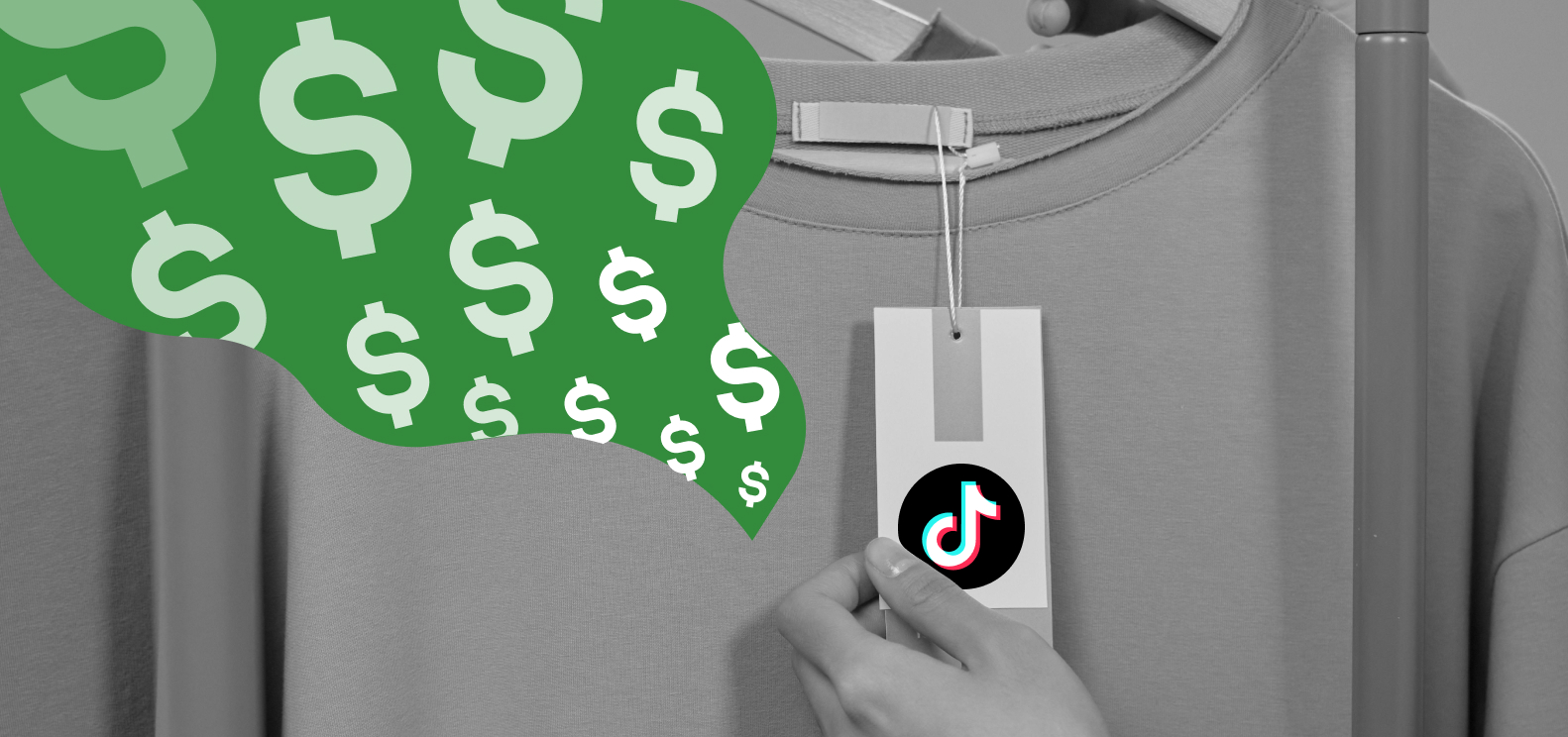Cash vs accrual accounting myths debunked
Know the truth behind 4 cash vs accrual accounting myths

One of the most important accounting decisions you will have to make for your online and Shopify ecommerce brand is which popular method of accounting you should use to calculate your taxes—cash or accrual?
Choosing the wrong one can be detrimental to your business, so it’s crucial to have the right information on both sides of the debate before choosing.
Here are four myths that need to be debunked before you decide:
Myth 1: It doesn’t matter which accounting method you choose
False: Your method has to clearly reflect your income. If the IRS feels your method doesn’t do this, they can recalculate your income using the method they choose. This could lead to you paying huge sums in unnecessary penalties.
Myth 2: Inventory-based businesses should only use an accrual method of accounting
False: Purely from a tax perspective, you can choose cash or accrual.
However, it is true that your COGS must be calculated based on accrual rules because if you have any concept of your inventory count at year-end, you’ll need to determine COGS at the time of sale, not at the time of your purchase.
(Your CPA can elect for an exception if you don’t keep track of inventory)
{{promo-strip}}
Myth 3: If you use accrual, you record income when an order is made. If you use cash, it’s when the money is deposited in your bank account.
False: Accrual income is when an order is fulfilled, and cash is when the payment is made. For many brands, while there is no major timing difference between the two, sometimes there would be for annual subscription income and for wholesale orders with net payment terms.
Either way, once payment is made by the customer through a payment processor, it already counts as income.
Myth 4: If I choose the cash method, I don’t need to track my bills.
False: Many net vendor bills relate to inventory and since inventory-based companies need to use accrual for COGS, the vendor bills would still need to be tracked for COGS.
Summary: It all comes down to timing
1. Cash Method: Follows the movement of cash. Records income when received and expenses when paid.
2. Accrual Method: Follows the movement of value. Records income when orders are fulfilled and expenses when incurred.
3. If you track your inventory, you’ll need to use accrual for COGS regardless if you use cash or accrual for income and other expenses. Use AI accounting and AI bookkeeping to help you calculate your COGS

That’s what we’re here for.
Accurate ecommerce books, done for you.
100% accurate ecommerce books, available 24/7.
Finally, you can focus on everything else.




